High-intensity events in international women`s team handball matches
(Hoch intensive Events bei internationalen Spielen im Frauenhandball)
Purpose:
International women`s team handball is a physically demanding sport and is intermittent in nature. The aim of the study was to profile high-intensity events (HIEs) in international women`s team handball matches with regard to playing positions.
Methods:
Twenty female national-team handball players were equipped with inertial movement units (OptimEye S5, Catapult Sports, Australia) in 9 official international matches. Players were categorized in 4 different playing positions: backs, wings, pivots, and goalkeepers (GKs). PlayerLoad™, accelerations (Acc), changes of direction (CoD), decelerations (Dec), and the sum of the latter 3, HIEs, were extracted from raw-data files using the manufacturer`s software. All Acc, Dec, CoD, and HIEs >2.5 m/s were included. Data were log-transformed and differences were standardized for interpretation of magnitudes and reported with effect-size statistics.
Results:
Mean numbers of events were 0.7 ± 0.4 Acc/min, 2.3 ± 0.9 Dec/min, and 1.0 ± 0.4 CoD/min. Substantial differences between playing positions, ranging from small to very large, were found in the 3 parameters. Backs showed a most likely greater frequency for HIE/min (5.0 ± 1.1 HIE/min) than all other playing positions. Differences between playing positions were also apparent in PlayerLoad/min.
Conclusion:
HIEs in international women`s team handball are position specific, and the overall intensity depends on the positional role within a team. Specific HIE and intensity profiles from match play provide useful information for a better understanding of the overall game demands and for each playing position.
© Copyright 2017 International Journal of Sports Physiology and Performance. Alle Rechte vorbehalten.
| Schlagworte: | Handball weiblich Belastung Spielposition Belastungsintensität |
|---|---|
| Notationen: | Spielsportarten |
| DOI: | 10.1123/ijspp.2015-0641 |
| Veröffentlicht in: | International Journal of Sports Physiology and Performance |
| Veröffentlicht: |
2017
|
| Jahrgang: | 12 |
| Heft: | 1 |
| Seiten: | 56-61 |
| Dokumentenarten: | Artikel |
| Sprache: | Englisch |
| Level: | hoch |
